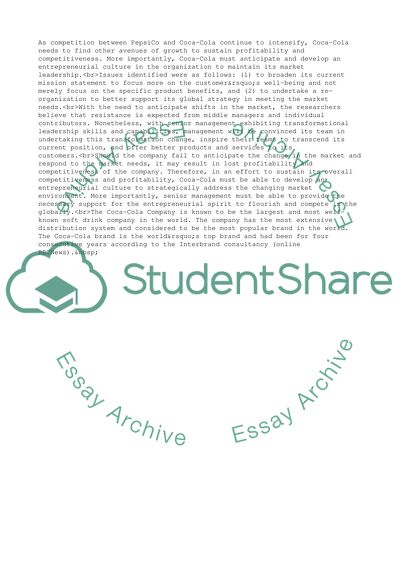Cite this document
(Competitive Marketing Strategies: Coca-Cola Company Research Paper, n.d.)
Competitive Marketing Strategies: Coca-Cola Company Research Paper. Retrieved from https://studentshare.org/business/1706211-management-of-change
Competitive Marketing Strategies: Coca-Cola Company Research Paper. Retrieved from https://studentshare.org/business/1706211-management-of-change
(Competitive Marketing Strategies: Coca-Cola Company Research Paper)
Competitive Marketing Strategies: Coca-Cola Company Research Paper. https://studentshare.org/business/1706211-management-of-change.
Competitive Marketing Strategies: Coca-Cola Company Research Paper. https://studentshare.org/business/1706211-management-of-change.
“Competitive Marketing Strategies: Coca-Cola Company Research Paper”, n.d. https://studentshare.org/business/1706211-management-of-change.


